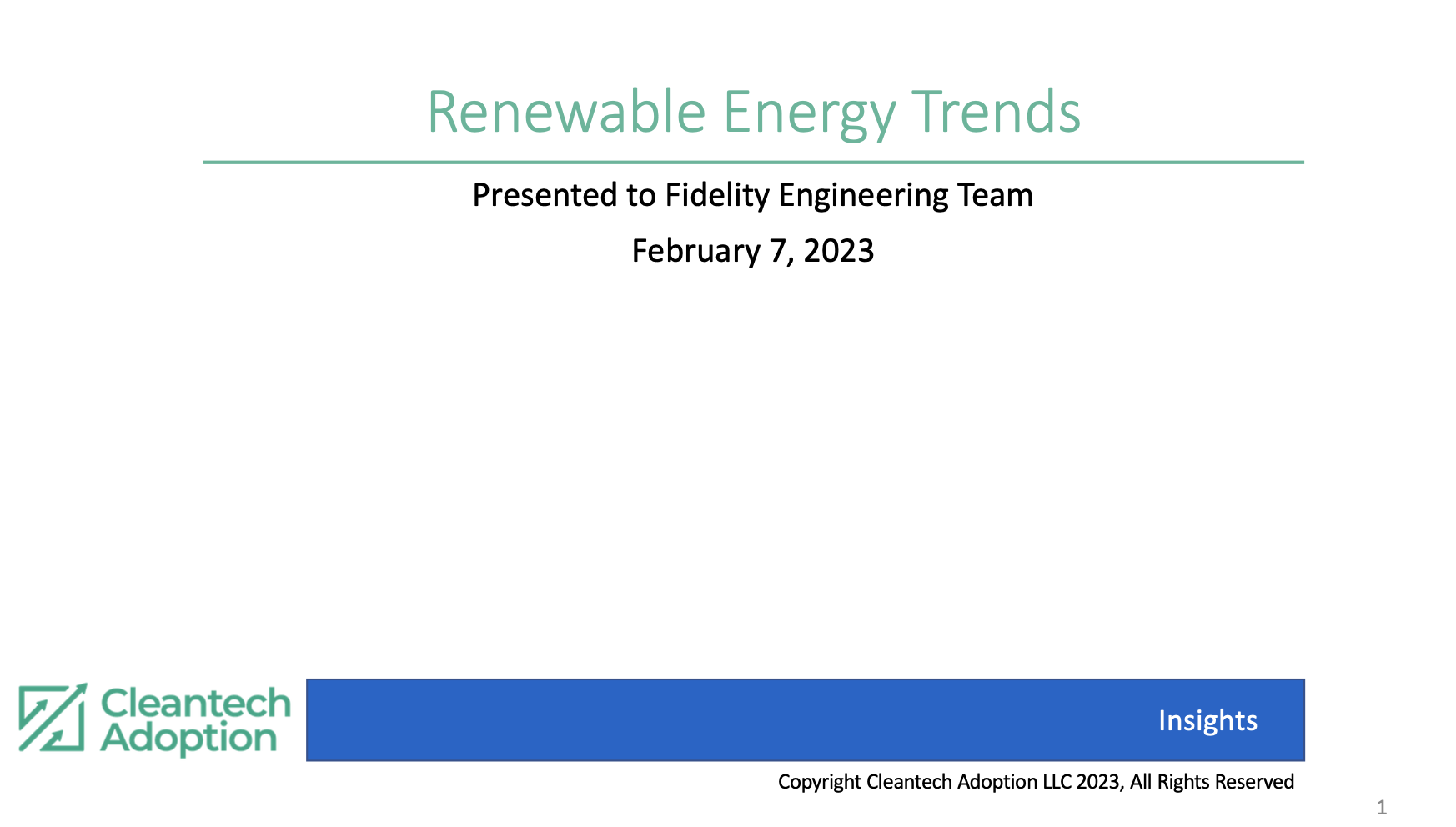Advisory Services
Going net-zero
Providing energy industry guidance to help businesses achieve their decarbonization goals. I bring years of experience in solar energy project development and strategic industry analyses to help clients evaluate their investment decisions.
Supporting corporate decarbonization projects
To achieve results, corporate energy management teams must stay informed of the technical and regulatory developments in the utility markets. Understanding the industry requires hands-on experience in developing projects, evaluating future commodity price risk, staying abreast of regulatory changes, and understanding trends in technology costs and availability. Corporate buyers operate in an environment where highly trained and skilled utility personnel have access to extensive resources. Negotiating and achieving the best result requires foresight and experience from people who have already built and developed successful projects in this environment.
Anticipating risks & opportunities
The energy industry is subject to risks beyond your business's control. Risks may be known or unknown, but industry experience reveals several key areas, including changes driven by political leaders, technological advancements, financial market fluctuations, macroeconomic trends, demographic shifts, and actions by regulatory agencies. Understanding the risks and opportunities associated with evolving clean energy trends is crucial for corporate sustainability, new product development, and effective marketing plans. All successful energy projects require a financial risk/reward evaluation of future scenarios.
Scenario Planning - A framework for trend analysis
Shell was an early leader in the development of scenario planning for evaluating plausible future outcomes. Cambridge Energy Research Associates (CERA) used the Shell process to develop a 20-year scenario assessment for the electric utility industry. The basic framework for evaluating plausible futures was to create a rational story with the following five elements:
Predetermined Elements. Some factors are known and unlikely to change in the foreseeable future. Examples include demographics, such as the average age and number of households, as well as the age, type, and number of cars, and the incomes of population segments.
Driving Forces. These are major societal or macro forces of change. Examples include the rise of AI, the rise of authoritarian governments, the resurgence of nationalism, the increase in trade protectionism and tariffs, or the adoption of a new technology.
Prime Movers. These are the individuals or organizations that can substantially influence the driving forces, often by altering the “rules of the game.” Examples include the President of the United States, Congress, State Governors, business leaders, regulatory agencies, the U.S. Supreme Court, environmental groups and advocates, and international governmental bodies.
Major Uncertainties. Key factors that are uncertain about their timing and effect (up or down). Examples include future interest rates, commodity energy prices, the speed of technology adoption (such as advanced electric vehicles, nuclear fusion, or plug-and-play home virtual power plants), the start or cessation of wars, or the pace of climate change.
Wild Cards. Unpredictable events, such as the invasion of Ukraine by Russia. The purpose of considering wild cards is to brainstorm potential threats or opportunities that seem unlikely, but could have a major impact on future plans. Using wildcards provides a stress test of the strategic path, checking the plan’s robustness in responding to unexpected events.
Each consideration of the future begins with an evaluation of the five elements, taking into account current and foreseeable trends.
Benefits
The primary benefit of scenario analysis is to facilitate a conversation about the risks and opportunities that affect business decisions and capital investments. The conversation is structured through a logical and internally consistent story that synthesizes the trends and the five scenario elements. While the executive summary report or presentation will be the final document of the project, the major benefit is the opportunity to test the assumptions and conclusions in a conversation.
The financial evaluation of long-term risks/rewards informs contract negotiations on price and terms for purchasing or building clean energy projects.
Sample Report
The linked report was presented at a team workshop during the annual corporate planning meeting.


